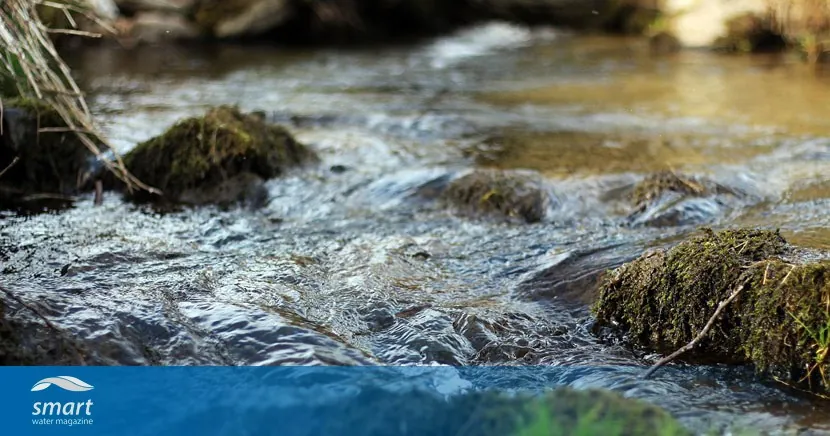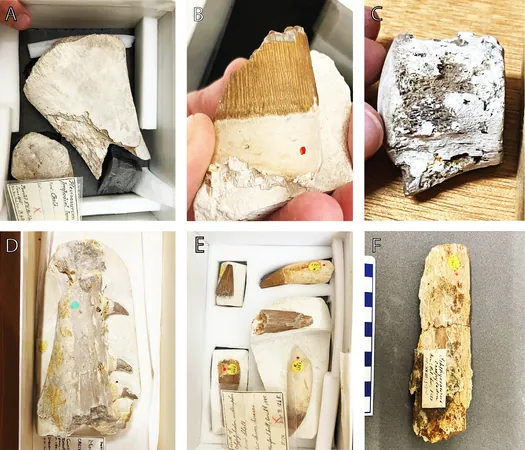
Groundbreaking Research Shows How to Slash Methane Emissions in Drinking Water Purification by 50%!
2025-06-06
Author: Arjun
Revolutionizing Drinking Water Purification!
As the global demand for clean drinking water continues to soar, a shocking discovery from microbiologist Alje Boersma could change the game forever! His groundbreaking research reveals innovative methods that could reduce the harmful methane emissions produced during water purification by a staggering 50%.
The Methane Dilemma
Globally, drinking water production has become increasingly challenging, especially in the Netherlands, where approximately 70% of water comes from groundwater sources facing immense pressure. The conventional methods of purification are not just outdated; they also result in significant methane emissions, worsening the climate crisis.
Unlocking Secrets of Sand Filters
For over a century, the predominant method of purifying drinking water has involved sand filtration—water is pushed through deep layers of sand to remove contaminants. Yet, as Boersma points out, we scarcely understand the mechanisms at work. His research digs deep into these processes, shining a light on how to enhance efficiency.
Manganese Removal Made Easy
One of the critical challenges in water purification is eliminating manganese—a troublesome metal long thought to be removed chemically. Boersma discovered that it's actually the bacteria working in sand filters that do the heavy lifting! By optimizing conditions for these microorganisms, such as introducing copper, their manganese-removing capabilities are greatly enhanced.
Breaking the Methane Cycle
But the real revelation lies in addressing methane emissions. Traditionally, water is aerated to evaporate methane, inadvertently releasing vast amounts of this potent greenhouse gas into the atmosphere. Boersma's innovative approach involves utilizing closed dry filters: large steel cylinders filled with sand where water is sprayed. This method allows methane to be consumed by beneficial bacteria, converting it into carbon dioxide—far less harmful.



 Brasil (PT)
Brasil (PT)
 Canada (EN)
Canada (EN)
 Chile (ES)
Chile (ES)
 Česko (CS)
Česko (CS)
 대한민국 (KO)
대한민국 (KO)
 España (ES)
España (ES)
 France (FR)
France (FR)
 Hong Kong (EN)
Hong Kong (EN)
 Italia (IT)
Italia (IT)
 日本 (JA)
日本 (JA)
 Magyarország (HU)
Magyarország (HU)
 Norge (NO)
Norge (NO)
 Polska (PL)
Polska (PL)
 Schweiz (DE)
Schweiz (DE)
 Singapore (EN)
Singapore (EN)
 Sverige (SV)
Sverige (SV)
 Suomi (FI)
Suomi (FI)
 Türkiye (TR)
Türkiye (TR)
 الإمارات العربية المتحدة (AR)
الإمارات العربية المتحدة (AR)